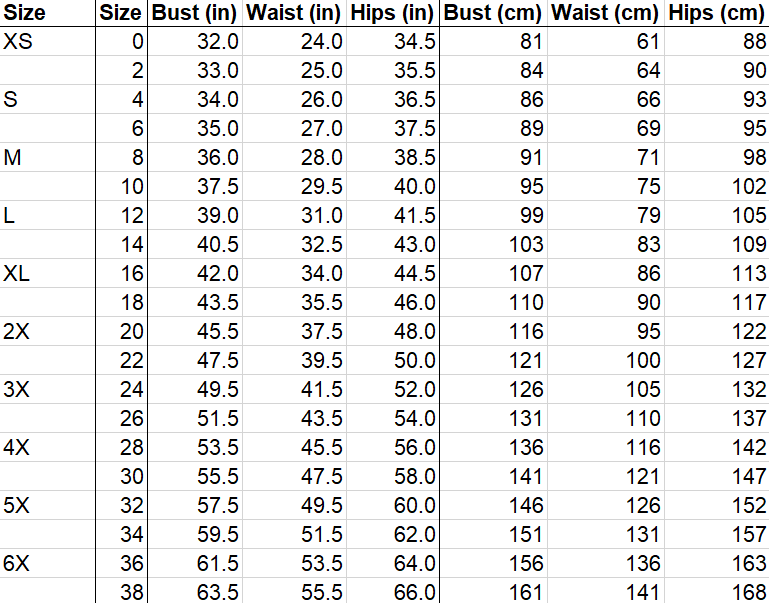The History of Sewing Part 3: Sewing and the Industrial Revolution (257 years ago - 187 years ago)
The Industrial Revolution started around 1760 and lasted until sometime between 1820 and 1840, with the invention of working sewing machines not occurring until near the end of this era. The motivation for the invention of the sewing machine was to increase the efficiency of making clothes, but no one could ever have dreamed of how severely the invention would impact the world. Clothing became a mass-produced item, which allowed the sewing machine to be more widely accepted by society. Prior to this, people, especially women who worked in textile factories, saw the machine as infringing on their skills as seamstresses.
In 1790, English inventor Thomas Saint got a patent for the first sewing machine. Unfortunately, since the patent was filed at the Patent Office under “apparel,” it was overlooked for almost 100 years. When it was rediscovered, people wanted to know if it had truly been the first sewing machine and if Saint deserved credit. In 1874, when sewing machine producer William Newton Wilson tried to recreate Saint’s machine, it wouldn’t work without modifications. Even so, this is the first evidence we have of the idea of a mechanical sewing machine.

(http://www.gutenberg.org/files/32677/32677-h/images/i018b.png)
Barthelemy Thimonnier, a French tailor, invented the first successful sewing machine in 1830. It used a hooked needle and one thread to sew a chain stitch. Thimonnier took this success to the next level and opened the world’s first machine-based clothing manufacturing company within ten years. His company was tasked with making uniforms for the French Army. Other French tailors at the time heard about his invention and immediately saw it, and his company, as a threat to their jobs and livelihood. Instead of adapting to the times, they decided to take care of the threat themselves by rioting and burning down Thimonnier’s factory while he was inside. Fortunately, he made it out -- along with one of his beloved machines -- and ran for his life. Not deterred, he persevered in his pursuits and soon after, he opened another factory.

(http://www.gutenberg.org/files/32677/32677-h/images/i025.png)
Make sure to check out Part 4 of 6!
Written by Miranda Marnik-Said
A list of the websites referenced will be posted at the end of Part 6.











































































































